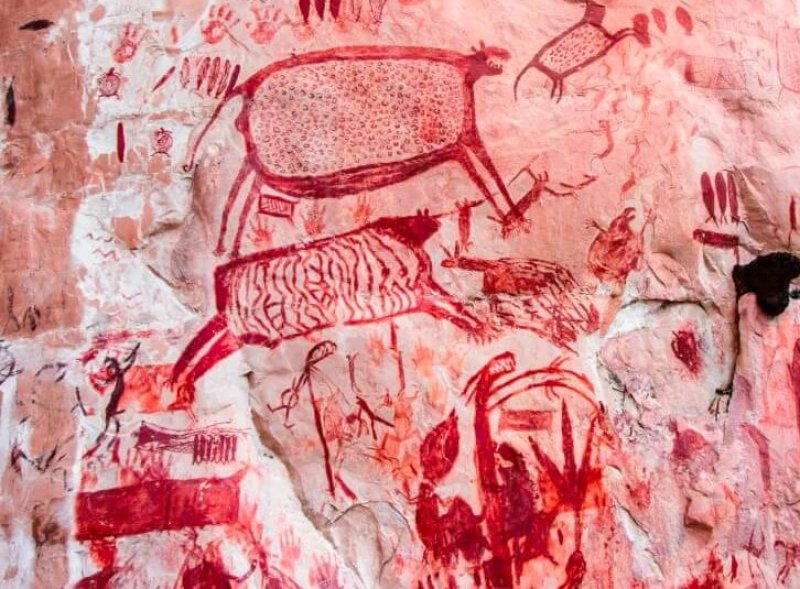Here are nine of the most revealing discoveries that have changed our understanding of our early ancestors—and ourselves.
…
2. Prehistoric murals: Chiribiquete National Park, Colombia
Spanning eight miles in southern Colombia, caves in Chiribiquete National Park are covered in vast prehistoric paintings. An estimated 75,000 figures are depicted on the rock walls, many of which are at extreme elevations.
…
8. A 40,000-year-old lion man sculpture: Baden-Württemberg, Germany
Discovered in 1939 by geologist Otto Völzing, the Löwenmensch figurine is made from mammoth ivory and depicts a half-human, half-lion being. Standing just over a foot tall, it was carved about 40,000 years ago during the Aurignacian period—the same era in which the Chauvet cave paintings were made—and is the oldest non-human figurine ever found. It may represent a deity.

9. The oldest known musical instruments: Schelingen, Germany and Cerkno, Slovenia
Our love of music isn’t a new phenomenon. In 2008, a team led by archaeologist Nicholas Conard found a number of flutes in a cave in Southwestern Germany. The tiny flutes were made of mammoth ivory and created about 40,000 years ago by anatomically modern humans in a period of prehistory called the Basal Aurignacian.































